These steps show you how to configure the single sign-on (SSO) functionality using OpenID between ManageEngine ADSelfService Plus and Salesforce.
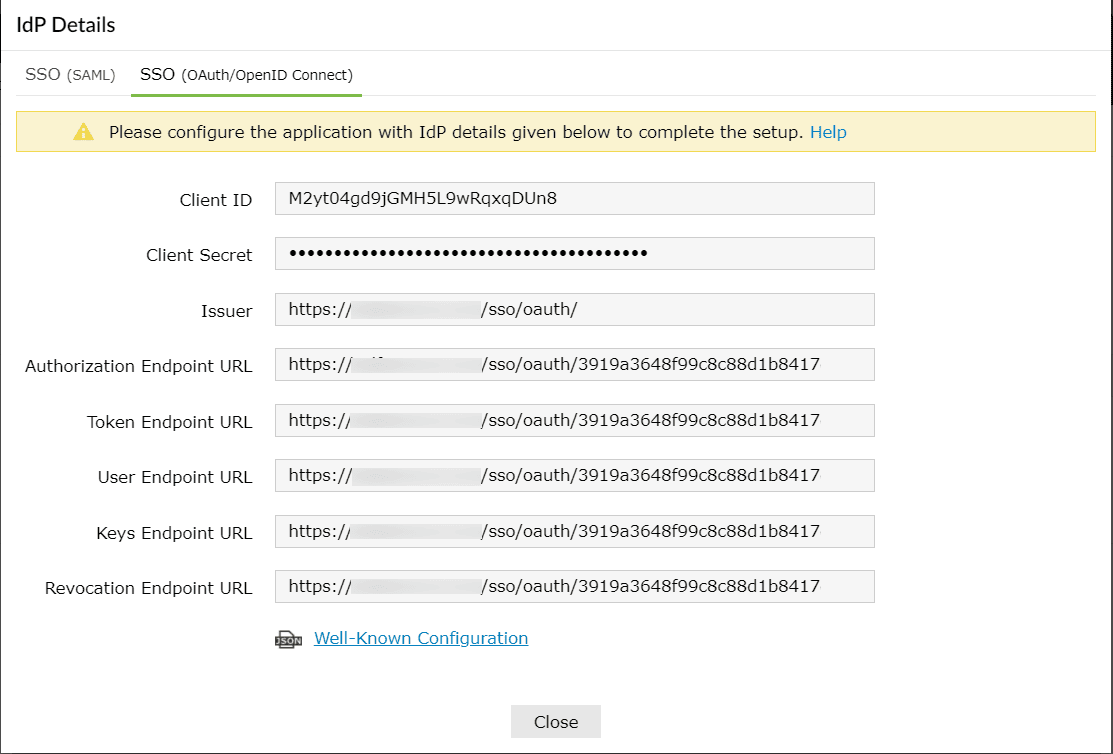
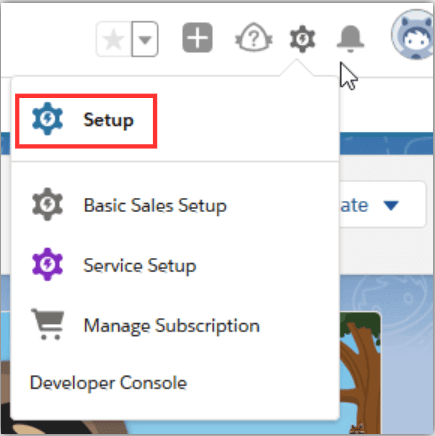
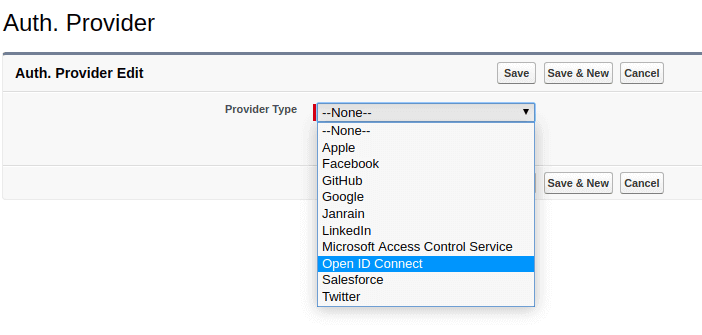
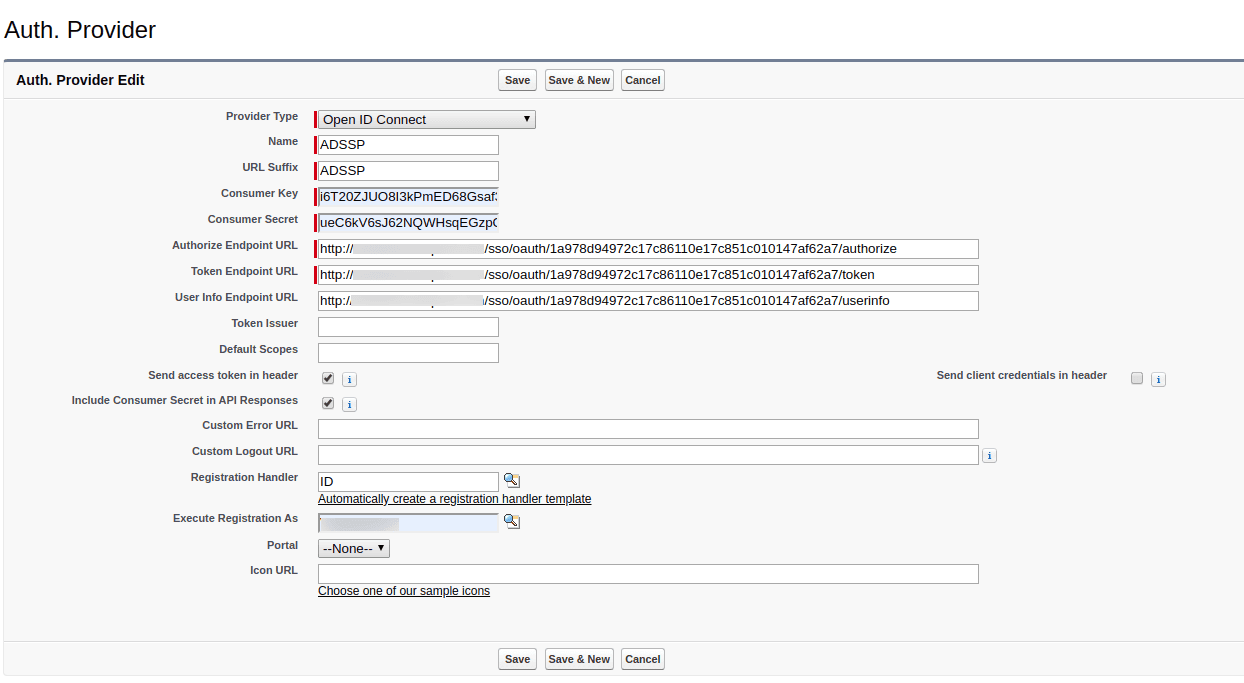
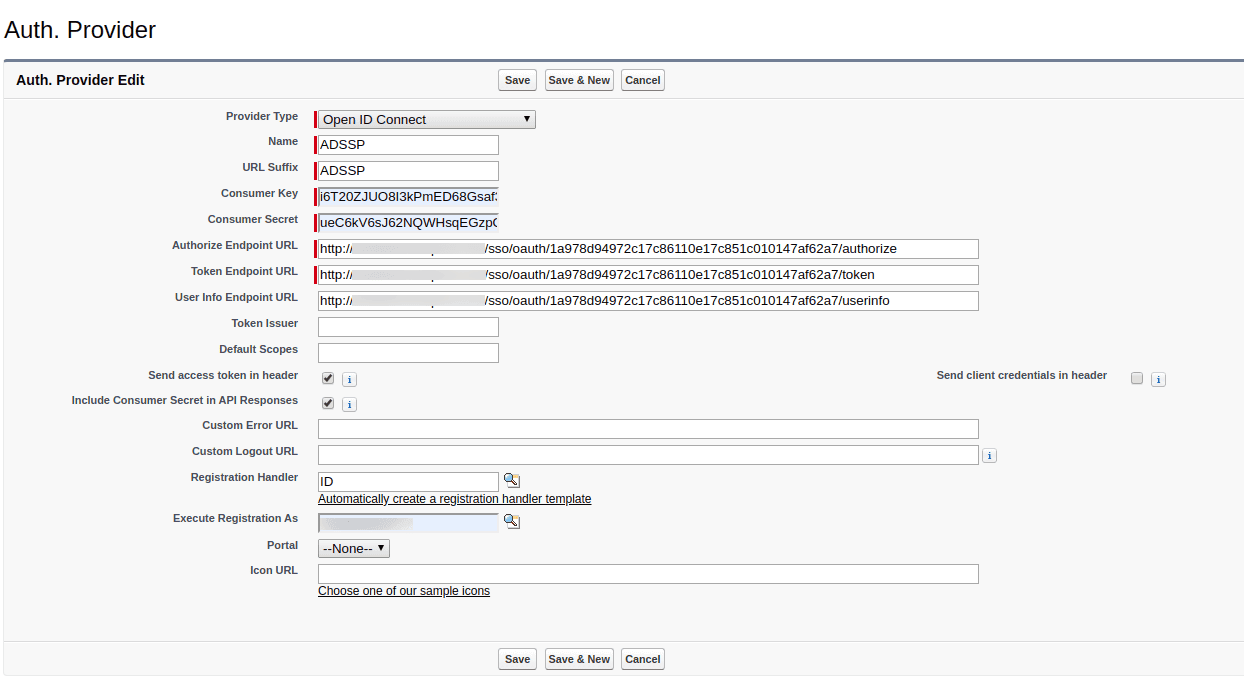


global class ADSSPOIDCHandler implements Auth.RegistrationHandler{
global User createUser(Id portalId, Auth.UserData data){
//The user is authorized, so create their Salesforce user
User u = new User();
String username = data.email;
List userList = [Select Id, Name, Email, UserName From User Where ( UserName =: username) AND isActive = true ];
if(userList != null && userList.size() > 0) {
u = userList.get(0);
}
return u;
}
global void updateUser(Id userId, Id portalId, Auth.UserData data){
User u = new User(id=userId);
update(u);
}
}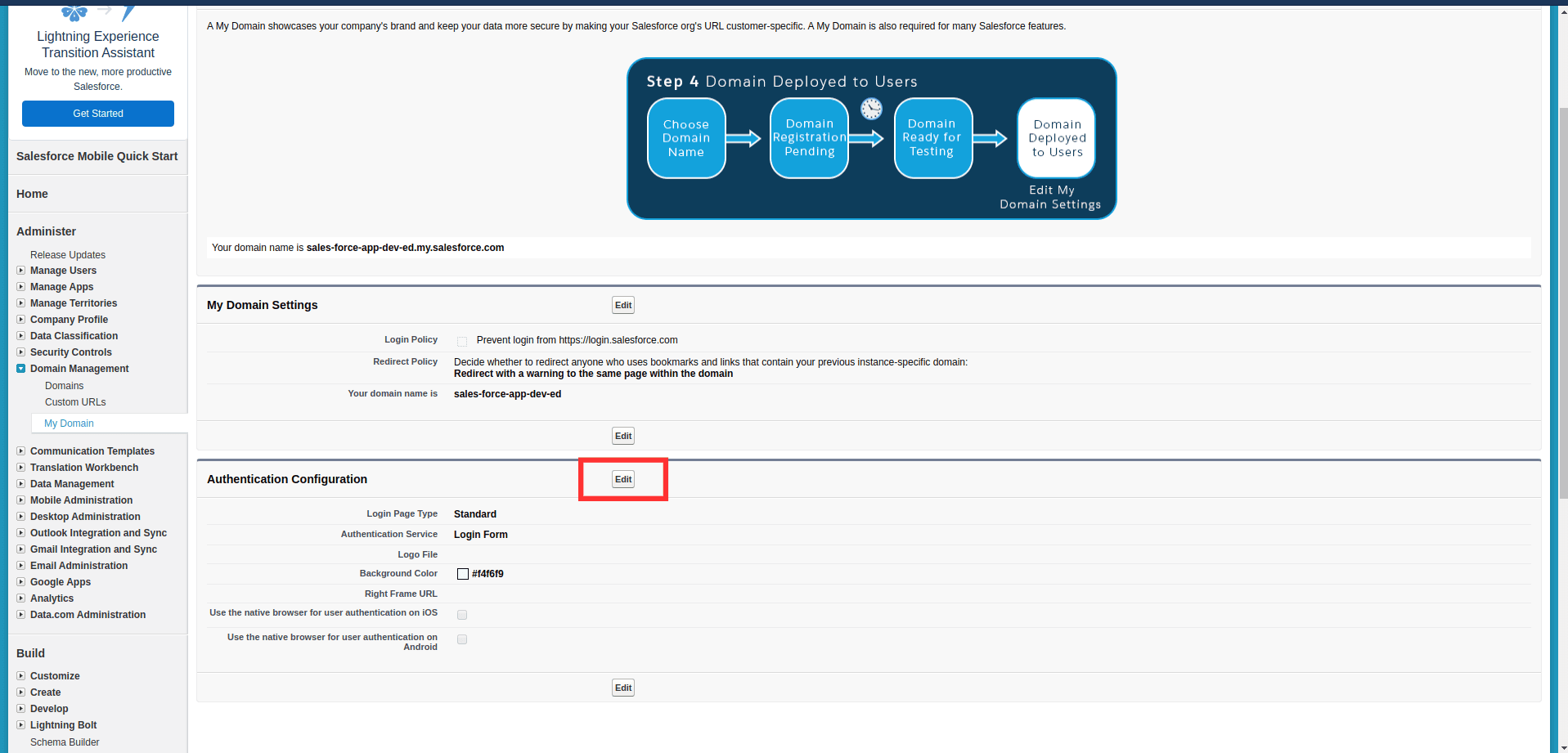
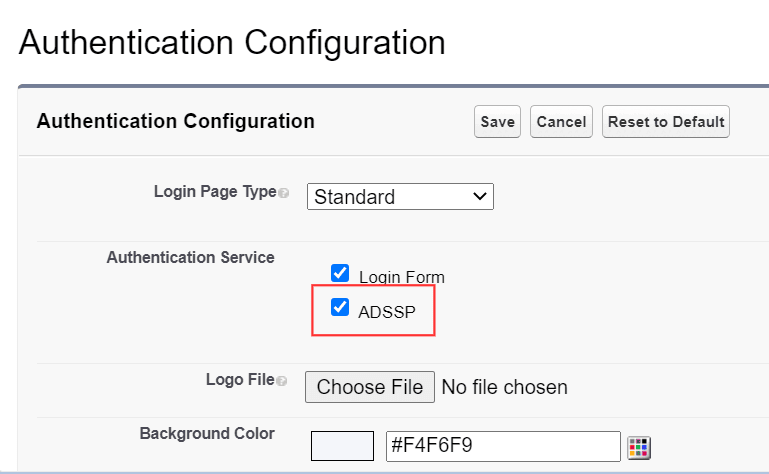
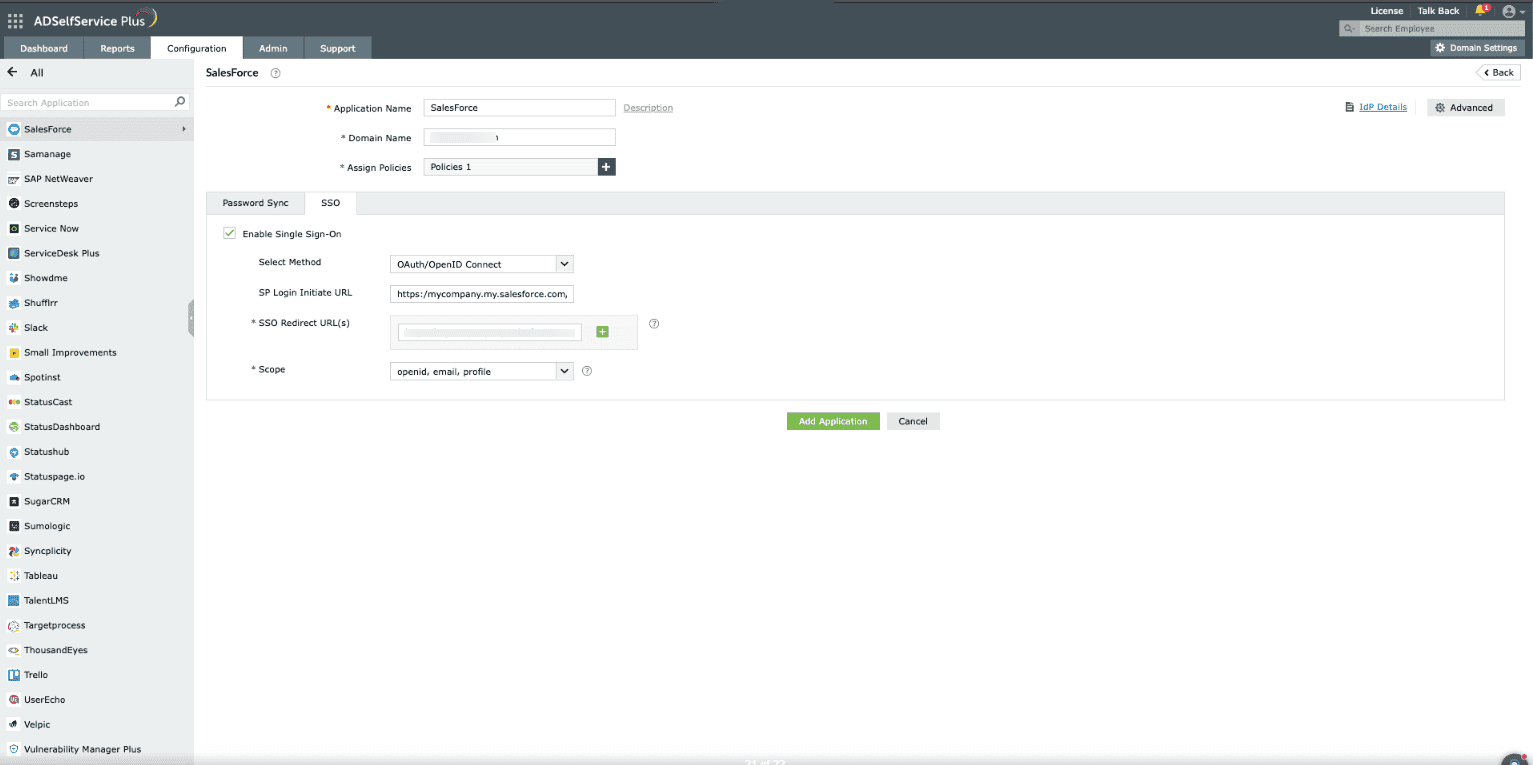
The Well-known Configuration URL in the IdP details pop-up contains all the endpoint values, supported scopes, response modes, client authentication modes, and client details. This is enabled only after you finish configuring the application for SSO in ADSelfService Plus. You can provide this to your service provider if required.
Your request has been submitted to the ADSelfService Plus technical support team. Our technical support people will assist you at the earliest.
Copyright © 2025, ZOHO Corp. All Rights Reserved.